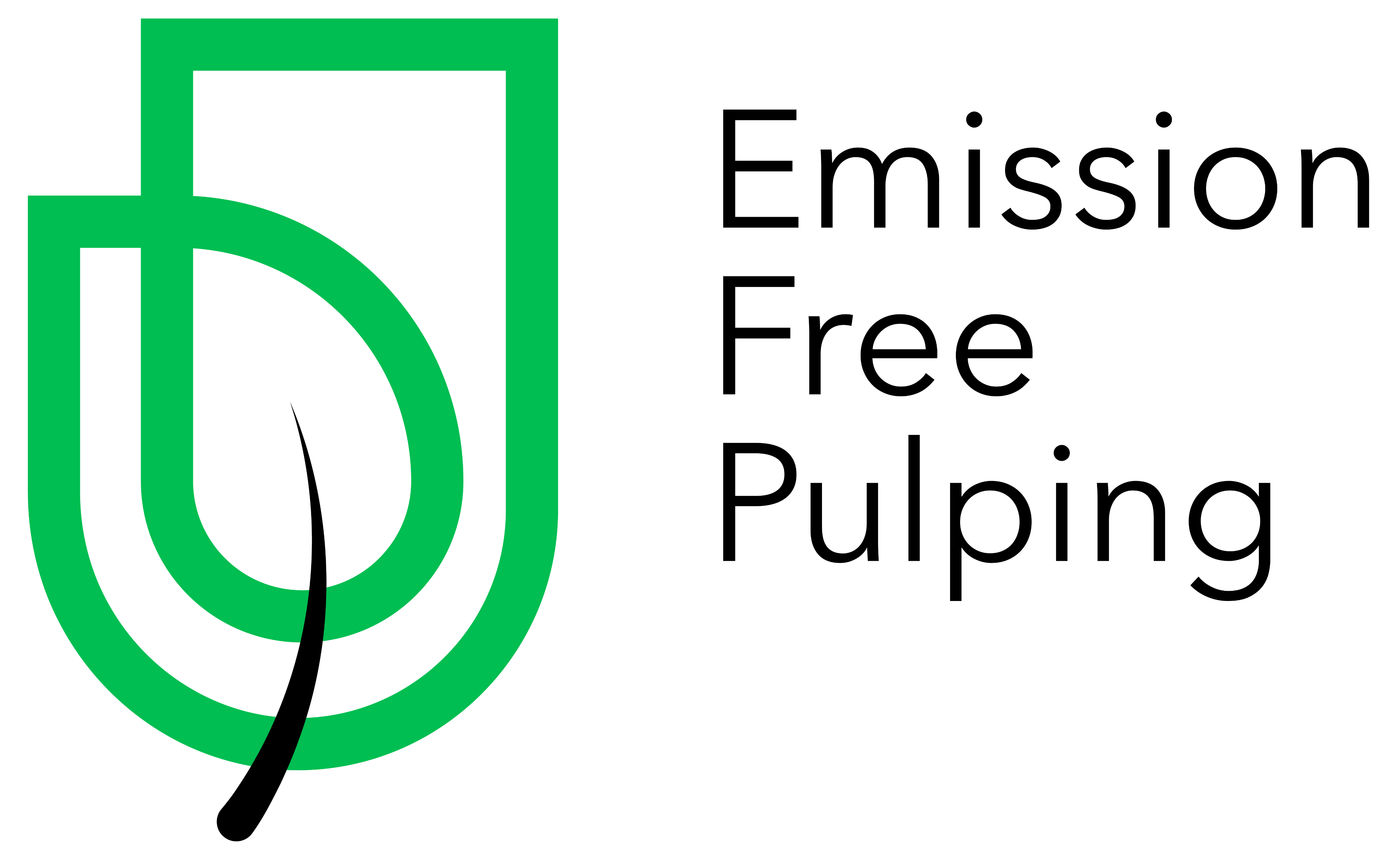Behind the scenes: Emission Free Pulping with Liji Sobhana's team at VTT Bioruukki
- Nina Pulkkis
- May 30, 2024
- 3 min read
At VTT, the Emission Free Pulping project is focused on developing innovative processes that differ fundamentally from traditional Kraft pulping. The aim is not to modify existing methods but to introduce entirely new concepts that will benefit the global pulping industry. Dr Liji Sobhana and her team are exploring ways to minimize yield losses and maximize product yield, which are key challenges in the current pulping processes.
“The global population and demand for biomass are both increasing rapidly. At the same time our forest and biomass resources are insufficient to meet this growing need. This reality drives us in our mission to efficiently utilize biomass and significantly improve process and product yield.” Liji Sobhana, PhD, Research Team Leader, Biorefining Processes, VTT

Reducing energy and chemicals consumption
One of the main ideas driving Sobhanadhas's research is the use of aqueous-based solvents and mild-temperature cooking methods. This approach significantly reduces the energy requirements and environmental impact of the pulping process. Additionally, the team is working on optimizing water management to minimize water usage, further contributing to sustainability.
The new process concepts challenge each unit operation within the pulping process, aiming to reduce the number of steps involved and consequently lower the overall costs. Even reducing a single step in the process can have a significant impact on cost, efficiency and sustainability, says Sobhanadhas.
“VTT has exceptionally good infrastructure for achieving the goals of this project. Our operational pilot scale pulping unit allows us to simulate the optimal pulping parameters for our processes” Liji Sobhana, VTT

Image: Fiberline semi-pilot cooking simulator (<40 bar, 40L) at VTT Bioruukki
Lignin intact fibers
A unique aspect of this research is the focus on keeping lignin with the fibers during the pulping process. Traditionally, large amounts of lignin are removed and burnt, despite only a small percentage being necessary for the energy consumption of the mill. By retaining more lignin in the fibers, the yield is increased, and the need for extensive chemical treatments are reduced. This intended approach not only enhances the product yield but also aims to maintain the desirable properties of the fibers.
With the growing demand for biomass and the declining availability of forest resources, the need for alternative pulping methods has never been more urgent. Traditional methods result in large amounts of leftover lignin and other waste products, posing both environmental and economic challenges. By keeping lignin within the fibers, the research aims to significantly reduce waste and make better use of the biomass.
Sustainable and Integrated Solutions
Sobhanadhas emphasizes the importance of developing sustainable methods to extract fibers from wood without relying on harsh chemicals. Equally crucial is ensuring that these new methods can be effectively integrated into existing pulp mills.
“The goal is to develop drop-in solutions that can integrate seamlessly with existing pulp mill infrastructure without the need for big investments” Liji Sobhana
The team at VTT Bioruukki Pilot Facility is well-equipped with experts who have extensive experience in the field (up to 25 years of experience). This collective expertise supports the entire value chain from wood to product. All methods explored in this project are designed with real-world pulp mill operations in mind.
Future Prospects
Sobhanadhas and her team are challenging conventional unit operations to work towards zero-waste and emission-free pulping. As the research progresses, the team is poised to deliver solutions that not only enhance product yield but also support the industry’s transition to more sustainable practices. By developing new methods that reduce waste, lower energy usage, and optimize resource efficiency, the Emission Free Pulping program is set to revolutionize the pulp and paper industry.

